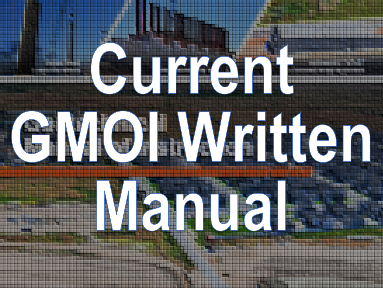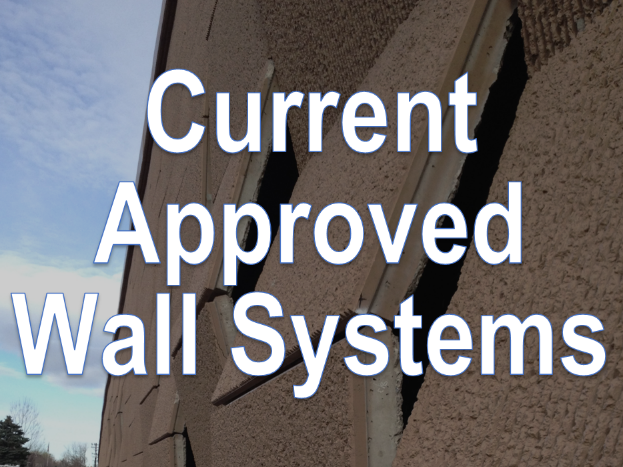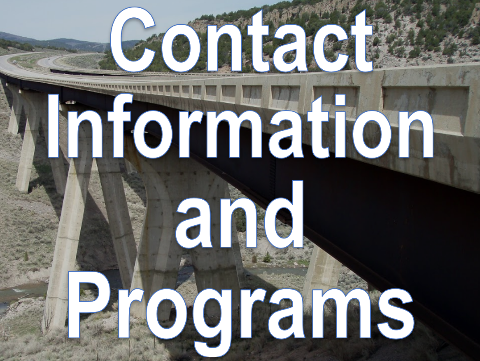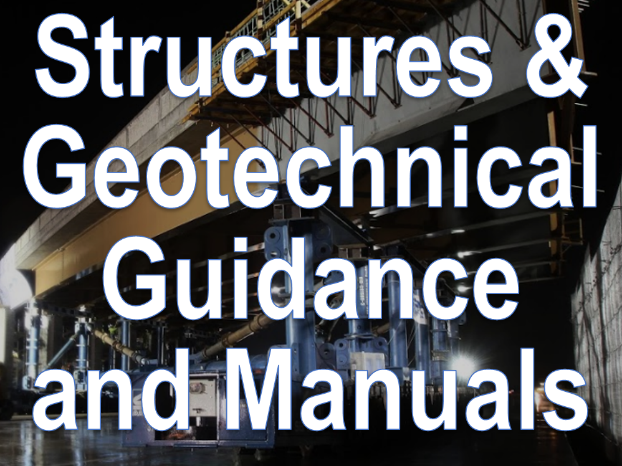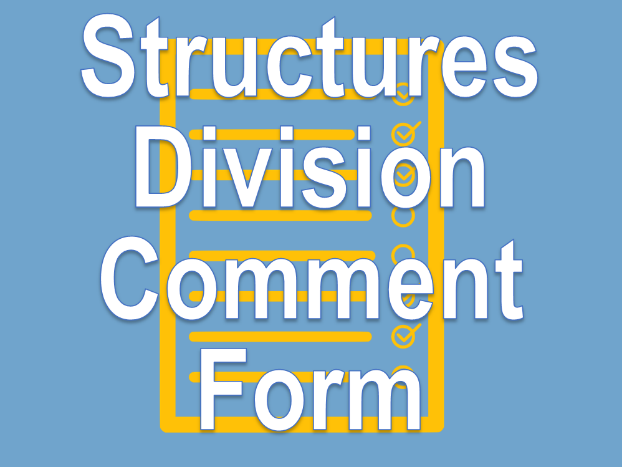Geotechnical Manual of Instruction
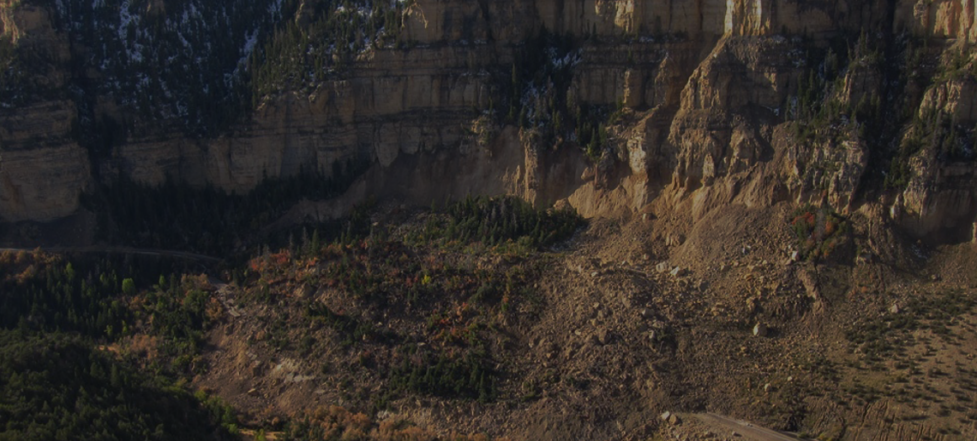
Geotechnical Manual of Instruction
The UDOT Geotechnical Manual of Instruction (GMOI) has been developed to provide the Geotechnical Design staff and consultants with UDOT policies, procedures, practices, and technical criteria. The GMOI consists of the written manual, methods and tools, checklists, and GMOI Revision Memoranda. The information presented in the GMOI is expected to help fulfill UDOT’s mission of providing a safe and efficient transportation system.
The new GMOI – October 2022 has been released. Please click on the icon to download the current GMOI written manual.
For convenience, the “Current GMOI Written Manual” includes the most recent full release of the written manual along with revisions to date in a single document. Please verify that the copy includes the most current interim revisions. Previous published versions of the written manual, and the Drawings, Checklists, and GMOI Memoranda are provided below.
Written Manual
Geotechnical Manual of Instruction – October 2022
Revisions to the GMOI between published editions are issued through GMOI Policy Memoranda and are referred to as interim revisions. Requirements detailed in the memoranda are effective and enforceable on the effective date listed in the memorandum.
GMOI Written Manual Revision Log.
A copy of the GMOI Written Manual incorporating interim revisions is provided above for your convenience.
The previous version of the GMOI (September 2017) is available for your information below.
The September 2017 GMOI has been superseded by the October 2022 GMOI and revisions.
Geotechnical Manual of Instruction – September 2017
A document tracking the changes between the October 2022 GMOI and the September 2017 GMOI is provided for you below.
GMOI – September 2017 to October 2022 – Tracked Changes
Drawings (Geotechnical Working Standards)
Geotechnical Working Standards
Geotechnical Working standards (GWS) define the form, function and requirements of commonly used plan sheets. The geotechnical working standard identifies areas requiring geotechnical engineer input by a blue note. Update the geotechnical working standard where indicated by the blue notes. Ensure that the geotechnical working standard used is compatible with the design and details of a specific structure. The geotechnical working standard becomes part of the sealed plan set, and the Geotechnical Engineer of Record is responsible for all information on the geotechnical working standard. Review the geotechnical working standards, identify any areas of concern and inform the Structures Division of proposed changes to the geotechnical working standard beyond the changes indicated by the blue notes. The Geotechnical Design Manager must approve changes to a geotechnical working standard in areas not indicated by the blue notes.Geotechnical Working Standards Revision Log
Geotechnical Working Standards (PDF format)
Geotechnical Working Standards (DGN format)
Checklists
Field Reconnaissance
Updated January 26, 2018
Geotechnical Subsurface Exploration
Updated January 26, 2018
Geotechnical Laboratory Testing
Updated January 26, 2018
GMOI Revision Memoranda
The current list of retaining wall systems approved for use on UDOT projects in accordance with the GMOI is updated as needed.
Previous lists of approved wall systems are included with the GMOI Policy Memoranda below.
Revision Memoranda
GMOI Revision Memoranda are associated with the GMOI version currently in publication. With the release of the 2022 GMOI, previous GMOI Revision Memoranda have been incorporated into the baseline manual. Previously released memoranda are available for review by following the link in the GMOI – September 2017 dropdown menu below.
Requirements detailed in the memoranda are effective and enforceable on the effective date listed in the memorandum and in the GMOI Revision Log.
| Revision Title | Effective Date |
|---|---|
| Initial Publication of October 2022 Geotechnical Manual of Instruction | |
| Structures Division Memorandum – GMOI October 2022 | October 17, 2022 |
| Revisions to the Written Manual | |
| G17-W03 – Approved Retaining Wall Systems | April 02, 2021 |
| Revisions to the Drawings | |
| N/A | |
| Revisions to the Checklists | |
| N/A | |
GMOI - September 2017
September 2017 GMOI and Associated Memoranda
Forms and Templates
Field Work Forms
The GMOI provides a field work form for use in projects to obtain and document permission to access private property. In order to view and print the form correctly and ensure use of the latest form, download the form before each use.
| Form | Purpose |
|---|---|
| Exploratory Drilling Permit to Enter Updated January 26, 2018 |
To obtain and document permission to access private property directly from the property owner. |
Design Assistance Templates
| Template | Purpose |
|---|---|
| Simplified SPT Performance-Based Assessment of Liquefaction and Effects method (SPLIQ) | If a site specific Newmark Analysis is not performed, compute and compare deformations estimated using at least two of the methods defined in Appendix A11 of the AASHTO LRFD Bridge Design Specifications. Compare the results to those obtained using the SPLIQ. |
| SPLIQ Users Manual | |
| Method for Determining Surcharge Fills Considering Post-Construction Secondary Compression | Used to compute surcharge in the absence of project specific laboratory test data of secondary consolidation settlement parameters for surcharged soils. |
| Construction Settlement Spreadsheet | Used for independent evaluation of the projected construction settlement. |
